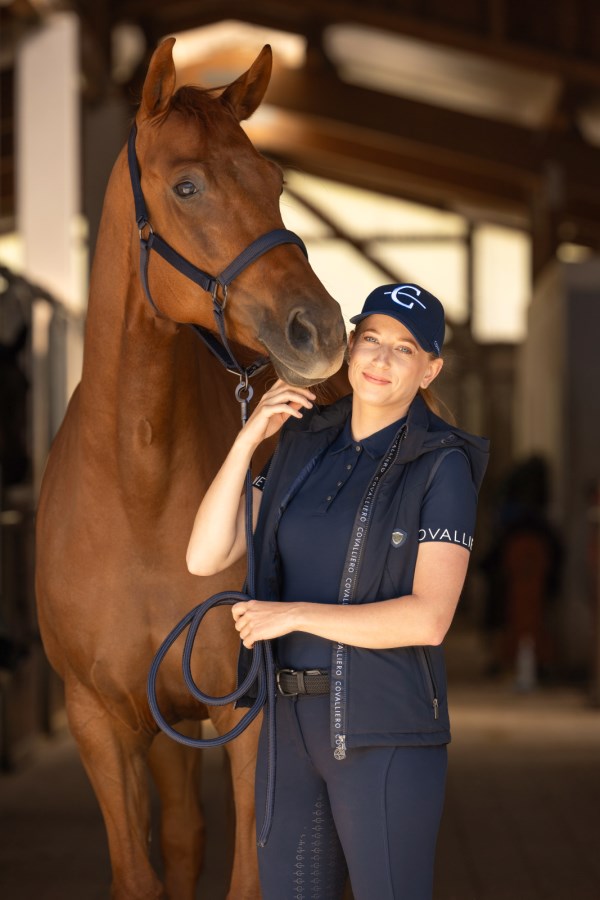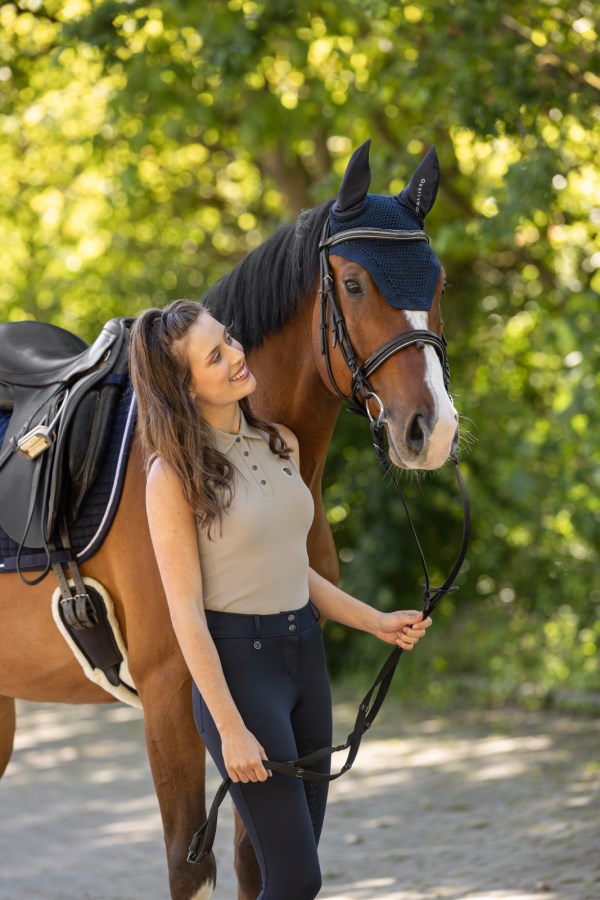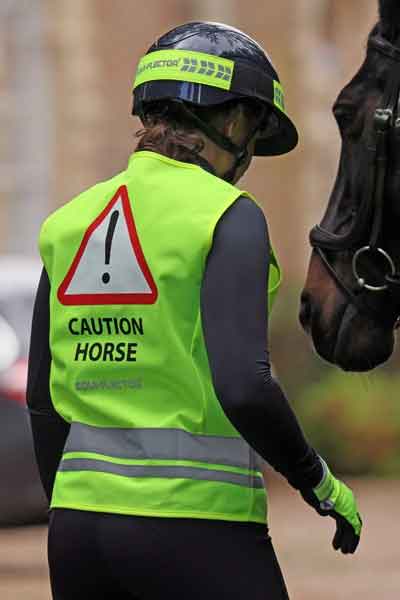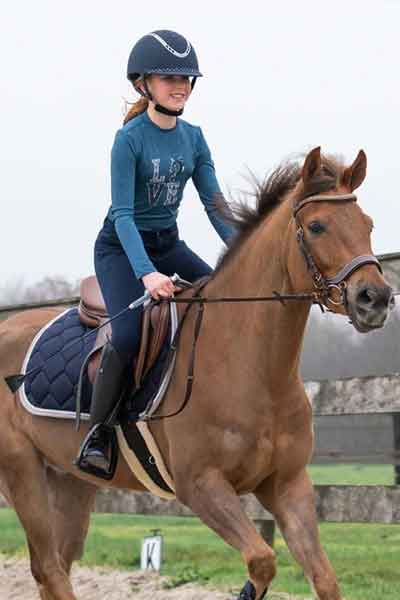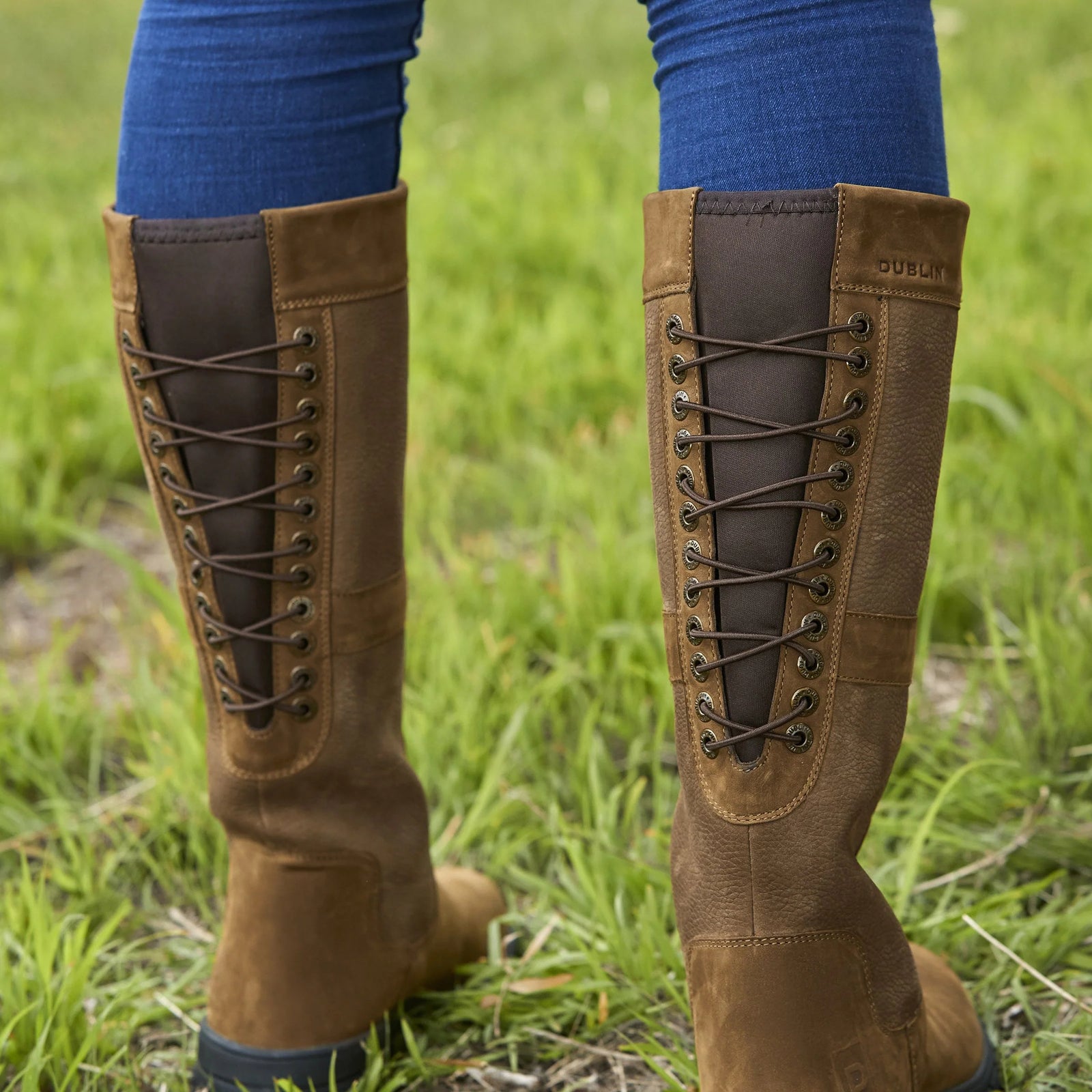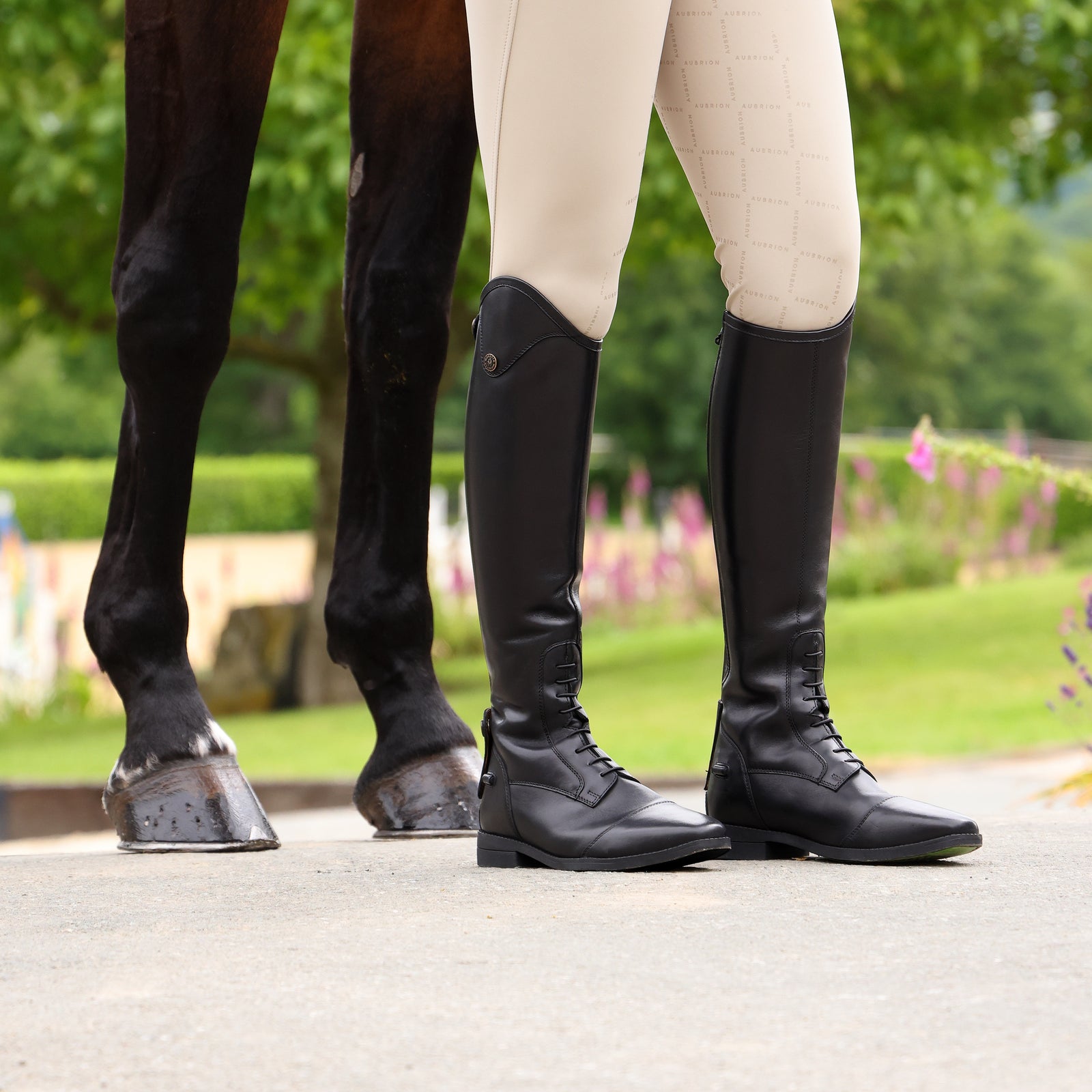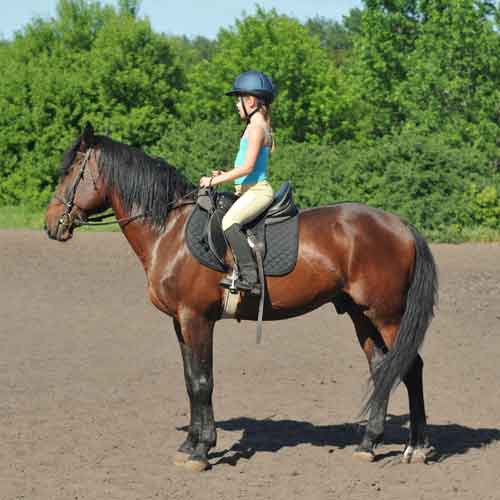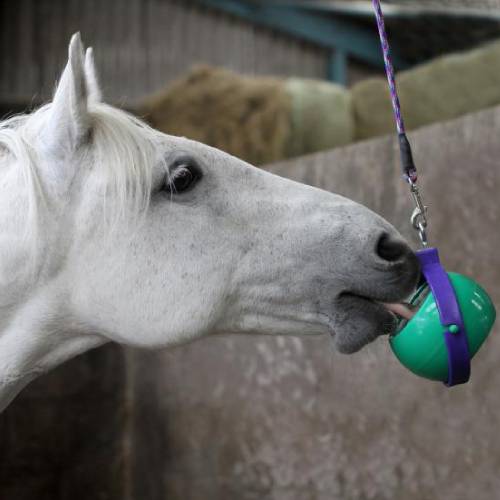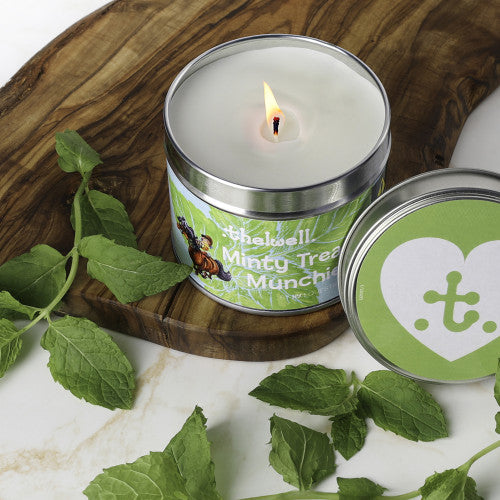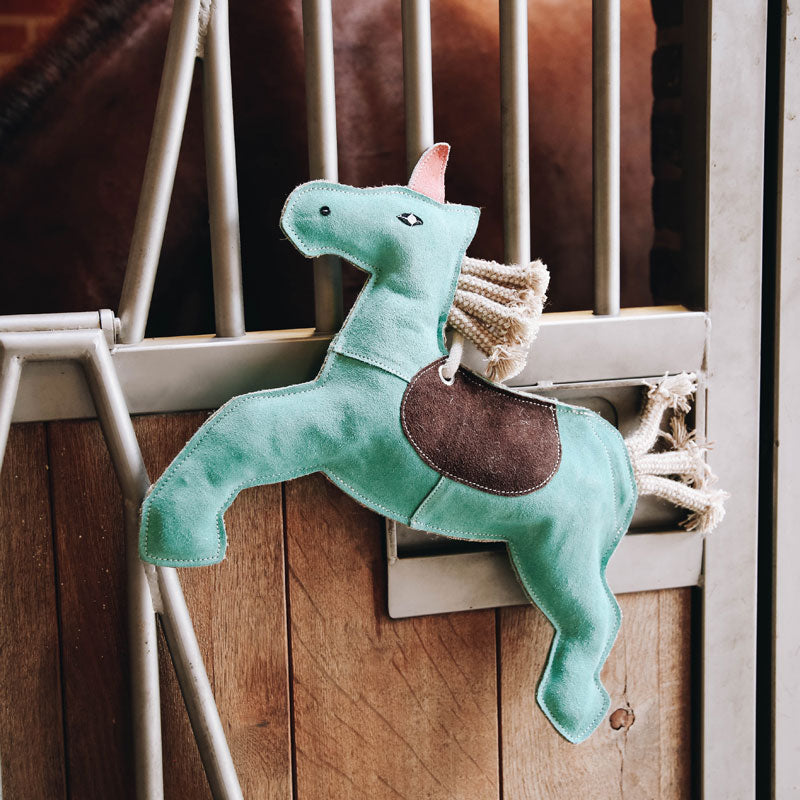Free Delivery on all orders over £75
Menu
-
-
Women's
-
Men's
- Children's
-
Footwear
-
Horse
- Toys
-
Pets
-
Sale
-
Brands
- Christmas
-
- Delivery & Returns
- About Us
- News & Guides
- FAQ's
- Visit Us
- Events
- Contact Us
- 01553 776897
- Login

Free Delivery on all orders over £75
Womens
Mens
Children's
Footwear
Pets
Gifts & Toys

Feeding Your Horse Through Seasonal Transitions
September 26, 2025 2 min read
As we move into September, the lush summer grass begins to fade. Cooler nights and wetter weather mean pastures lose nutritional value, and many horses spend more time in stables. This makes it the perfect time to review your horse’s feeding routine and ensure their nutritional needs are being met.
Here are some key things to consider when feeding your horse through seasonal transitions:
1. Watch Grass Quality
Autumn grass may look green but often lacks essential nutrients. This can affect energy, weight, and overall condition. Supplementing with quality forage and balancers helps maintain a consistent diet.
👉 Explore our Horse Feed & Balancers
2. Maintain Digestive Health
Changes in diet and turnout can upset digestion. Adding digestive supplements or probiotics supports gut health and helps prevent colic as routines shift.
👉 Shop our Digestive Supplements
3. Provide Adequate Roughage
If your horse spends more time indoors, ensure they have plenty of good-quality hay or haylage. Using haynets and feeders not only helps slow intake but also keeps forage clean and off the ground.
👉 Check out our Stable Accessories & Haynets
4. Keep an Eye on Weight
Autumn weight management can be tricky. Some horses lose condition as the grass fades, while good doers may still gain weight on reduced forage. Regular weigh-taping and adjusting feed accordingly is key.
5. Hydration Matters
Cooler weather often means horses drink less, increasing the risk of impaction colic. Encourage drinking with electrolytes or by soaking feeds and hay.
👉 Browse Electrolytes & Hydration Support
Final Thought:
Feeding your horse through seasonal transitions is all about balance. By supplementing grazing, supporting digestion, and ensuring access to quality forage, you’ll keep your horse healthy and comfortable as autumn sets in.


